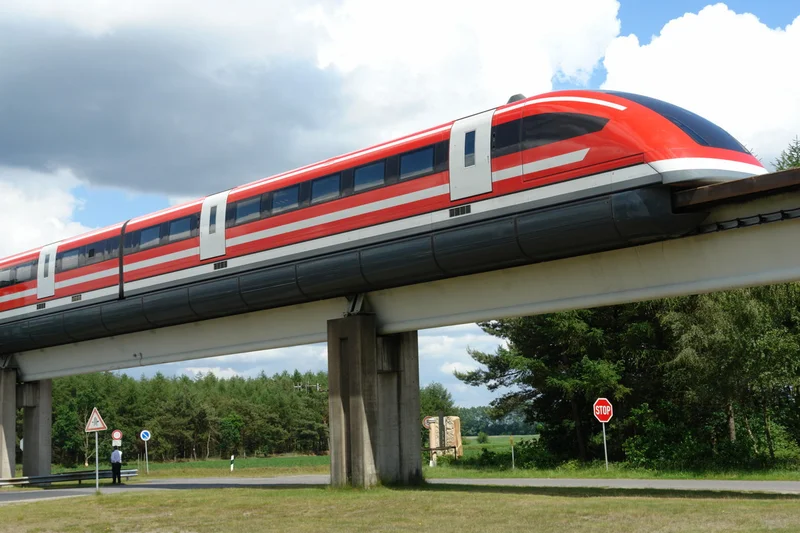The Federal Railroad Administration just pulled the plug on the Baltimore-Washington maglev project, and frankly, it's hard to act surprised. After handing Maryland DOT $27 million back in 2016 for preliminary engineering and environmental reviews, the FRA has finally declared the whole thing "no longer feasible." Opponents are "ecstatic," according to reports in Maryland’s high-speed maglev train project is not happening - Maryland Matters. But let's cut through the emotional reactions and look at the cold, hard numbers.
The core promise was a 15-minute trip between D.C. and Baltimore, hitting speeds of 311 mph. That's the headline, the sizzle. But the estimated capital cost? Nearly $20 billion. And that's before any cost overruns, which, let's be honest, are practically guaranteed on a project of this scale. We're talking about a price tag of roughly $64 million per minute of travel time saved, per person (assuming full capacity, which is never a safe assumption).
Baltimore Washington Rapid Rail claims this represents a "missed opportunity," citing $6 billion in private investment and 160,000 jobs. Those are big, round numbers, the kind that make headlines but rarely survive scrutiny. Private investment is contingent on profitability, and 160,000 jobs? What kind of jobs? Construction? Long-term operation? The devil's always in the details, and those details are suspiciously absent.
It's not like the idea of maglev is dead. Plenty of countries are still chasing the dream. India completed a hyperloop test track. China accelerated a maglev to 650 km/h (about 404 mph) on a test track. Japan's SCMaglev aims to connect Tokyo and Nagoya by 2030. Even NEVOMO in Poland is working on passive maglev tech for existing tracks. So, what makes the Baltimore-Washington project different?
Well, for starters, the Emsland test track in Germany—once a beacon of maglev hope—closed back in 2011. The Shanghai Transrapid, while operational, is more of a novelty tourist attraction than a core piece of infrastructure. It travels at 430 km/h, or about 267 mph. (A parenthetical clarification: that's a good speed, but still less than the promised 311 mph for the B-W line.) The question isn't just whether the technology works, but whether it works economically and reliably in a real-world setting.

Then there's the political dimension. Governor Moore supported the project, even taking a trip to Japan to see their maglev tech firsthand. But several state lawmakers sponsored legislation to block state funds for the project. This isn't just about engineering; it's about priorities and political will. And this is the part of the report that I find genuinely puzzling: why push so hard for a project that faces so much local opposition and carries such a massive price tag?
Opponents like Susan McCutchen and Del. Ashanti Martinez cited environmental and economic concerns. The environmental concerns are legitimate, of course. Any large infrastructure project has an environmental impact. But let's be real: the economic concerns are likely the primary driver here. Politicians can always cloak opposition in environmental rhetoric, but voters tend to respond more directly to the bottom line.
The environmental review process itself had been paused twice since 2016 and has been on pause since August 24, 2021. Was this due to genuine environmental concerns, or was it a convenient way to slow down a project that was already facing an uphill battle? Details on why the decision was made remain scarce, but the impact is clear.
I've looked at hundreds of these filings, and this particular case feels less like a technological failure and more like a failure of vision—or perhaps a failure to accurately assess the risk-reward ratio. The promoters oversold the benefits and undersold the costs. The result? A $27 million write-off and a lot of wasted time.